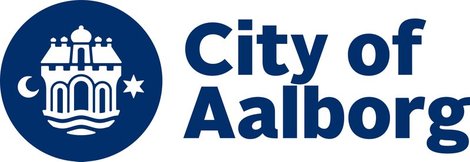Explore the innovation challenges shared by our community. Whether you are a city facing a similar challenge seeking collaboration or a company with innovative solutions, join us in shaping collective solutions for a smarter future.

There are dramatic changes in the demographic development concerning the number of senior citizens in our societies. Increased life expectancy and lower birth rates are the main factors driving the development of the ageing population where the share of older age groups are increasing – not at least those groups of who are in the most need of long-term health care and practical help. The ageing population, combined with the vastly improved treatment of diseases like diabetes and cancer, dramatically increases, furthermore, the number of Danes living with one or more chronic diseases. Finally, does the demographic development also influence, of course, the size of the labour force; that is, the labor market challenge is that the labor force is declining relative to the number of children and senior citizens, pointing to a tighter labor market. Therefore, are issues of availability of labor and recruitment problems at the forefront of the Danish labor market discussions.

Question Despite municipal zero-waste goals, the amount of residual waste per capita in large cities remains high, while recycling rates are at a high level. In Berlin, in 2024, 220 kg of residual waste per person would be recycled into energy annually. In addition, the amount of household waste and packaging waste from industry and commerce has increased in recent years, which creates additional demand for recycling capacity. Construction waste dominates the overall volume and complicates the transition to a functioning circular economy. At the same time, the public disposal infrastructure in densely populated areas is inadequate, which makes disposal difficult. In addition, there are growing amounts of illegally dumped waste, especially in green areas, the disposal of which ties up considerable resources. All of these challenges require integrated solution strategies that combine waste prevention, better circulation and collection systems, consistent recycling and effective anti-litter measures to make cities cleaner and more sustainable. Question: Which solutions reduce waste and strengthen the circular economy in Berlin?

We are looking for solutions that enhance overall urban security and strengthen business vitality by integrating multiple data sources, leveraging advanced analytics and AI methods, and actively engaging both residents and businesses. To improve safety and the business environment, we seek solutions that: Collect and analyze data from various sources, such as sensors, pedestrian and traffic flows, crime statistics, and other urban environment metrics. Detect anomalies and anticipate risks, such as potential safety threats, disruptions, or patterns related to crime and public disturbances. Actively engage local businesses and residents to ensure the solutions provide value to different user groups and support sustainable urban development.